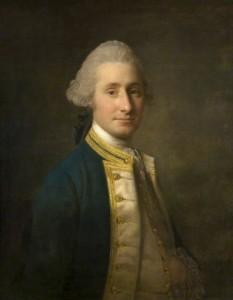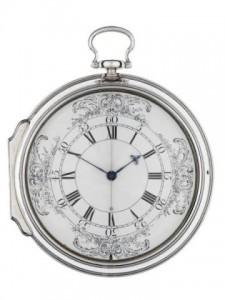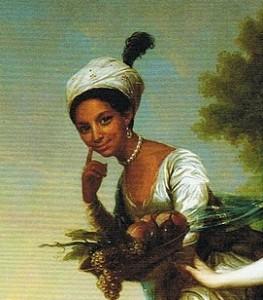Essential Information
| Location |
Royal Observatory
|
|---|---|
15 Jun 2014

Captain Lindsay of his Majesty’s Ship Tartar, now at Deptford, being directed to proceed as soon as possible to Spithead, where he will receive Orders for proceeding to the West Indies after having assisted at the Observations which are to be made at Portsmouth for the Trial of your Father’s Timekeeper, and he being also directed to receive you, and Mr Thomas Wyatt, your Companion, and the said Timekeeper, with your Baggage, on board the said Ship, and give you a Passage to Barbadoes, in order for your making the second Trial of your Father’s said Time-keeper.Dido's father therefore appears in both the archives of the Board of Longitude, and in accounts including those of the Harrisons of the observations made on land and at sea in 1764. Lindsay certified to the Admiralty that different elements of the tests took place as directed, and William Harrison also invoked his name when pillorying the astronomer Nevil Maskelyne. Maskelyne had travelled to Barbados some months before the Tartar in order to test both Tobias Mayer's lunar tables and the marine chair invented by Irishman Christopher Irwin.

Mr Harrison acquainted Sir John Lindsay with these facts who agreed with Mr Harrison that this being the case Mr Maskelyne must certainly be a very improper Person to take the Observations of equal altitudes, according to Mr Harrison's Instructions from the Board of Longitude. Therefore the next day when they came to the Observatory Mr Harrison told Mr Maskelyne what he had heard & introduced Witnesses to what he said, and did insist that Mr Maskelyne should not observe.(As discussed before, we do not actually have corroborating evidence that Maskelyne was openly vying for one of the rewards and that this affected his conduct, as Harrison described!)
